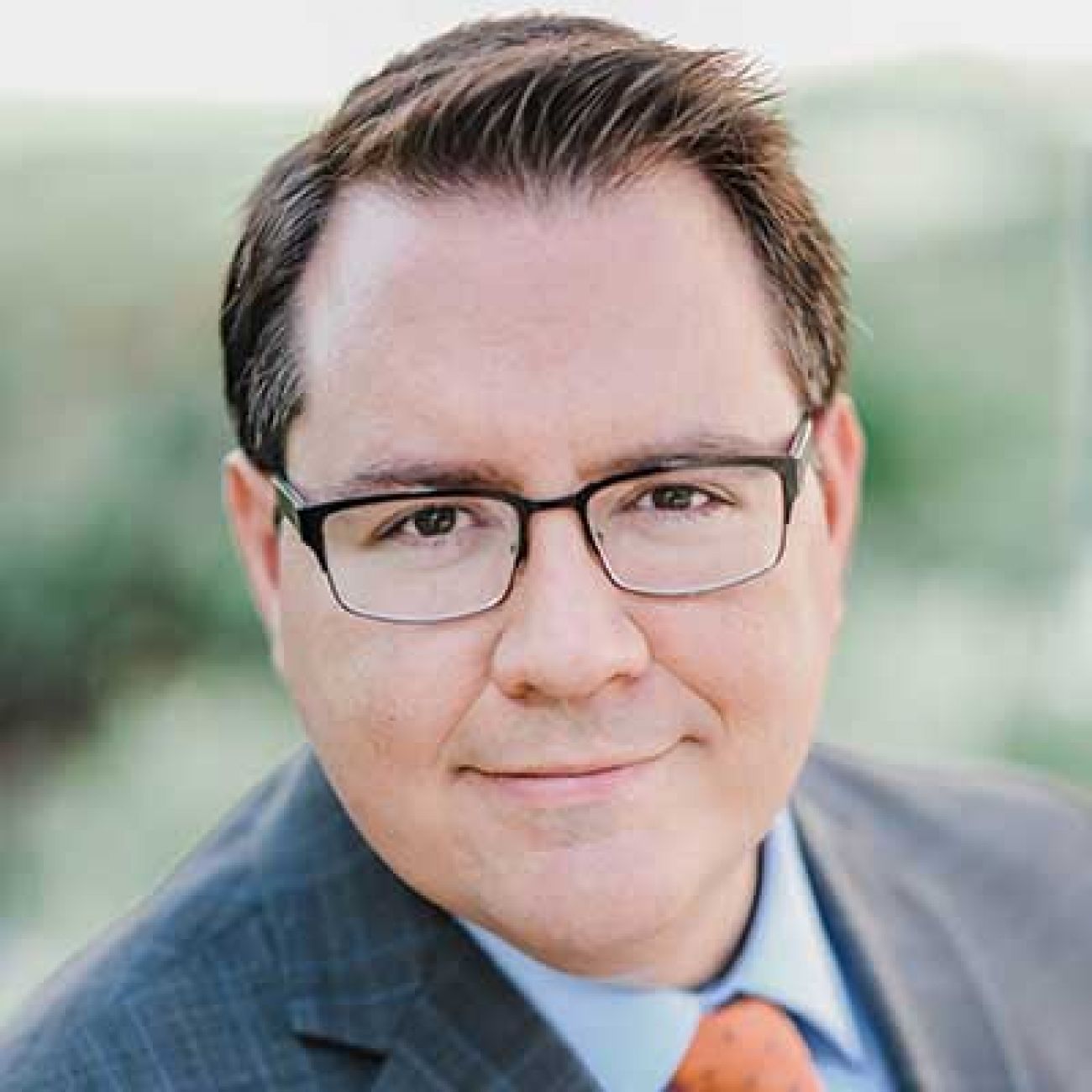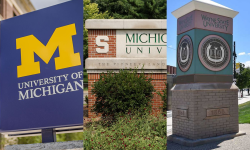Opinion: Let’s start reinvesting in public universities now
Michigan’s public universities have long been among the nation’s finest collections of state institutions of higher learning.
Since the University of Michigan was founded before Michigan was even a state, the public universities have been educating residents, researching major problems, and delivering solutions from that research to the public. The universities engage with farmers and city planners, teachers and venture capitalists, widely sharing their discovered knowledge.

But this is in danger after two decades of state budget cuts and stagnation, made clearer by a new national report.
Two weeks ago, the annual State Higher Education Finance report (SHEF) was issued by the State Higher Education Executive Officers Association, representing state officials overseeing postsecondary education. SHEF is the preeminent national data source on state investment in higher education. This year, SHEF for the first time provided breakdowns by sector, which revealed some troubling facts.
Three numbers from SHEF – 59, 110, and 50 – reveal how Michigan’s postsecondary education funding is reaching a critical point if things don’t turn around in Lansing.
The first two numbers are best compared against each other:
59: Michigan funds its public universities at only 59 percent of the national average for 4-year colleges per student; and
110: Michigan funds its community colleges at 110 percent of the national average for community colleges per student.
This doesn’t mean that Michigan needs to slash funding to its community colleges; quite the opposite. Michigan should be commended for investing in two-year educational programs. But many students at community colleges are just starting out their journeys. Many will continue to advance their educational and career ambitions by transferring to a public university, to say nothing of the 40,000 students who annually enroll in a Michigan public university right after high school.
When Michigan policymakers decide year after year that public universities don’t need to be funded like their national peers, they are indirectly deciding that they’re OK with higher tuition and less financial aid for low- and middle-income families. That they’re OK with tough decisions about program availability. That they’re OK with potential job cuts from the main employers in towns like Houghton, Sault Ste. Marie, Big Rapids, or Mt. Pleasant. That they’re OK with universities making up the funding difference with out of state and international students.
The one thing that Michigan’s public universities will not do is sacrifice quality. But how do you hire and retain faculty, build labs with needed technology, or even run day-to-day operations funded at 59 percent of your peers?
The answer is eventually it all breaks.
Finally, the third number is especially troubling:
50: Michigan comes in dead last, 50th out of 50, in a state ranking of state-funded financial aid per student.
Coming in last place is truly a disappointing achievement, one we never could have accomplished without both the passive and overt neglect of governors and legislators from both parties over the past couple of decades.
Now, the SHEF data doesn’t count federal Temporary Assistance for Needy Families (welfare) dollars that supplement our state financial aid programs, and nor should it. If the state is going to meet its educational attainment goal of having 60 percent of residents possess a college degree or postsecondary certificate by 2030, it will have to chip in much more than the $17 per student it’s doing now with state dollars, not federal welfare dollars moved between budgets via a shell game.
The state’s 15 public universities have become accustomed to doing more with less, but after 20 years of budget cuts and tuition increases, this pattern can’t continue. I’m afraid that Lansing is going to keep pricing out talented and deserving Michigan students unless we correct our course. Creating a successful Michigan depends on enabling bachelor’s degree attainment for all students who want to earn a degree – and at a reasonable price supported by the state. We’ve got an unexpected windfall of state revenue at our disposal, so let’s start reinvesting in public universities now.
See what new members are saying about why they donated to Bridge Michigan:
- “In order for this information to be accurate and unbiased it must be underwritten by its readers, not by special interests.” - Larry S.
- “Not many other media sources report on the topics Bridge does.” - Susan B.
- “Your journalism is outstanding and rare these days.” - Mark S.
If you want to ensure the future of nonpartisan, nonprofit Michigan journalism, please become a member today. You, too, will be asked why you donated and maybe we'll feature your quote next time!




